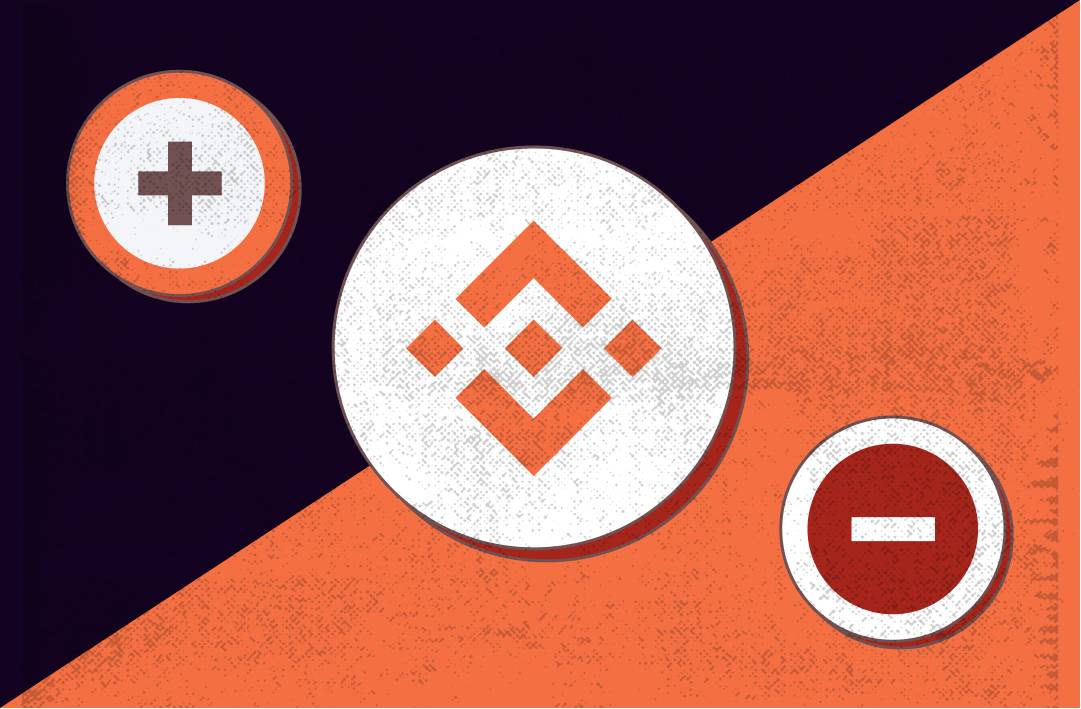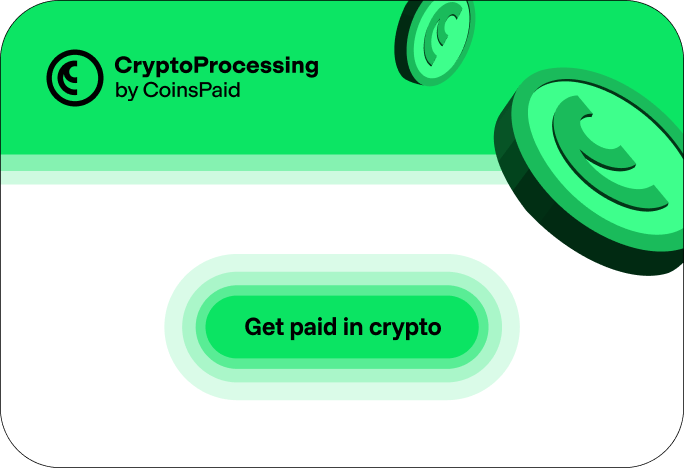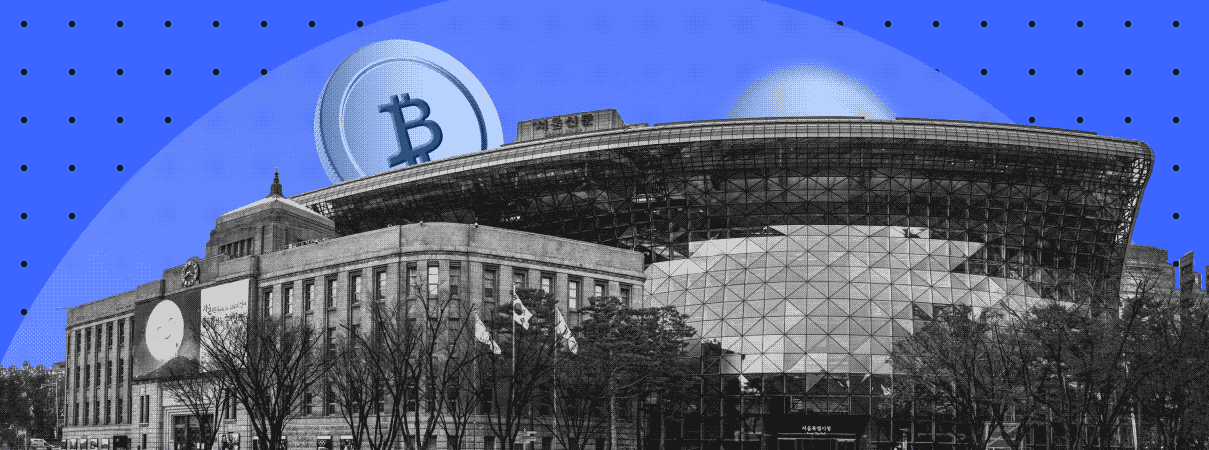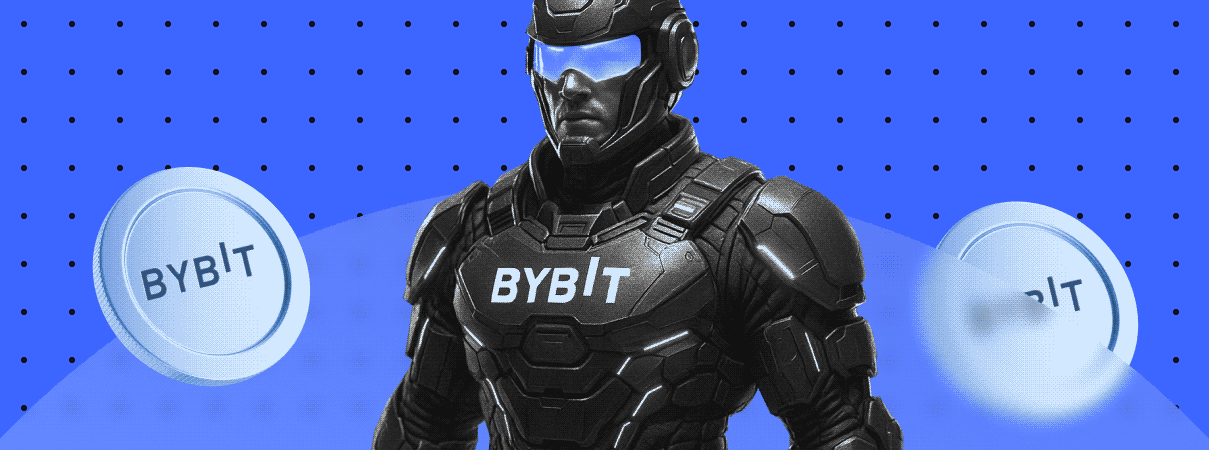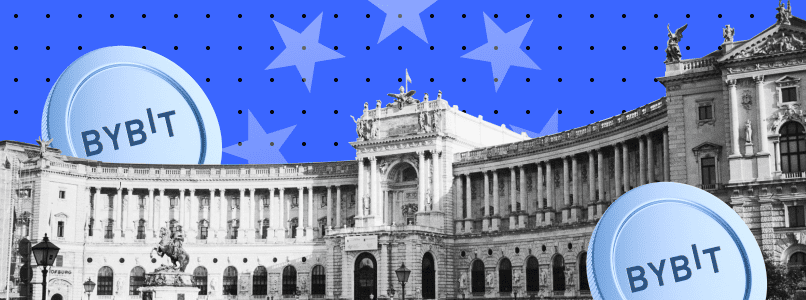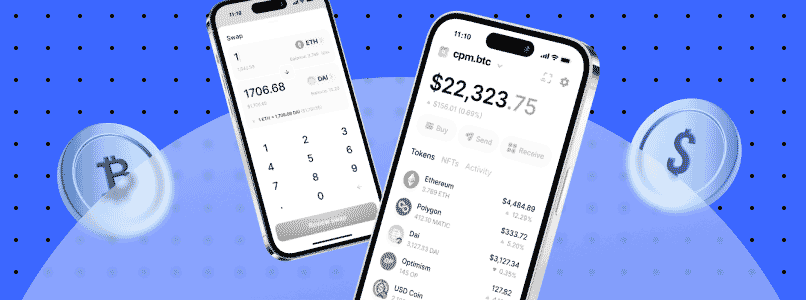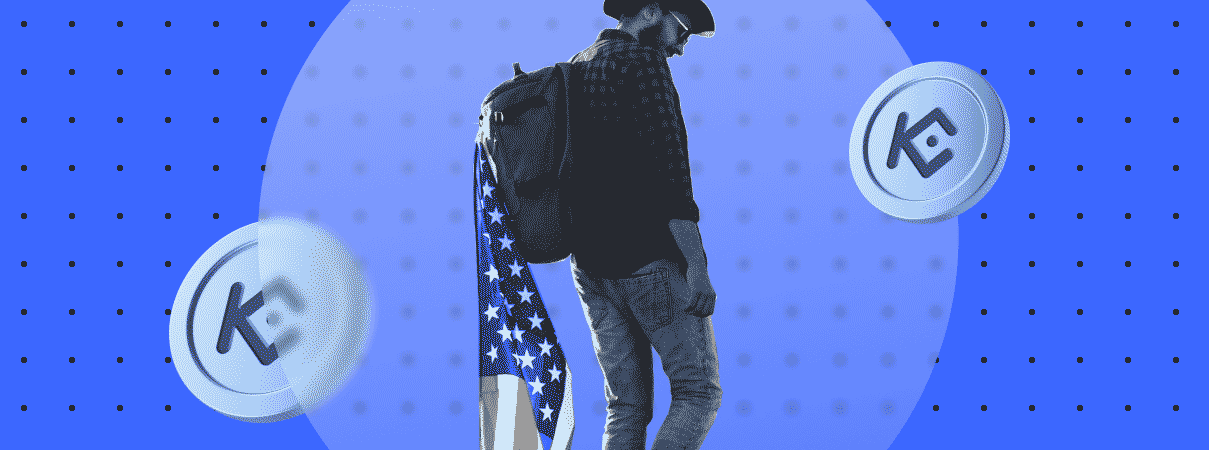BSC complements Binance Chain, the exchange’s first blockchain with a simplified structure launched in April 2019, it provides fast trading with high network loads. Nowadays, these blockchains operate in parallel, and their tokens are compatible. They are also compatible with the Ethereum Virtual Machine. As of October 2021, according to DappRadar, more than 1,500 applications from the DeFi, Gambling, Social and other spheres are running on the BSC blockchain. BSC is also used to launch NFT projects.
Key Features of Binance Smart Chain
Binance Smart Chain operates via the Proof-of-Staked-Authority (or PoSA) consensus algorithm based on the classic Proof-of-Stake. The essence of the algorithm is the same — network participants use BNB token staking to participate in block generation. The only difference is the details — a total of 21 validators process transactions selected from a pool of candidates daily. There are staking and performance requirements for the validators. All network participants can “delegate” tokens to one of the validators and receive an appropriate reward percentage.
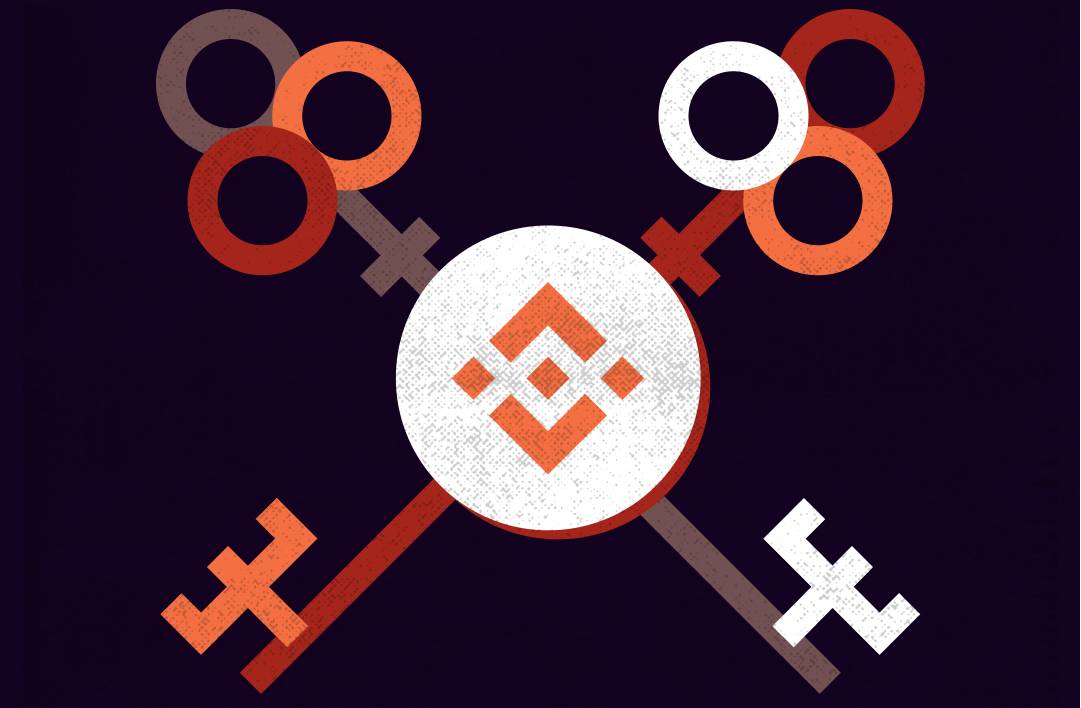
If a block is successfully added, participants receive a commission for transactions within the block. Block generation time is approximately 3 seconds. In total, Binance Smart Chain can process up to 160 transactions per second. BCS is compatible with many popular cryptocurrency wallets, so using BNB does not cause technical difficulties.
BNB token is not only used for staking and transaction fees. Token functions include:
- conducting ICOs and participating in IEOs on the Binance Launchpad platform;
- yield farming on the Binance Launchpool platform;
- serving as a bridge currency for transactions on Binance DEX;
- burning 20% of the platform’s commission profits quarterly to control inflation.
Until July 2021, BNB was also used to get a discount to pay for any transactions on Binance, but that feature is no longer available. Moreover, BNB itself has value — as of October 21, 2021, the token is the third-largest cryptocurrency by capitalization.
Binance Smart Chain as an Ethereum Modification
Binance Smart Chain was originally a copy of the Ethereum blockchain with several differences:
- lower commissions;
- higher speed of transaction processing;
- the centralized nature of management.
 BSC’s differences allowed it to quickly gain popularity among crypto users and developers of decentralized applications, including those in the DeFi sphere. In particular, decentralized exchanges are created based on BSC. High and volatile prices for gas in the Ethereum system have only accelerated the adoption of BSC. For instance, PancakeSwap, a blockchain-based BSC exchange, handles about 10% of the entire DEX market and ranks third in terms of trading volume — the exchange processed more than $1,3 billion on October 21, CoinMarketCap reported.
BSC’s differences allowed it to quickly gain popularity among crypto users and developers of decentralized applications, including those in the DeFi sphere. In particular, decentralized exchanges are created based on BSC. High and volatile prices for gas in the Ethereum system have only accelerated the adoption of BSC. For instance, PancakeSwap, a blockchain-based BSC exchange, handles about 10% of the entire DEX market and ranks third in terms of trading volume — the exchange processed more than $1,3 billion on October 21, CoinMarketCap reported.
Shortcomings of Binance Smart Chain

Among the main disadvantages are usually mentioned the following features of BSC:
- Centralization. BSC is largely a centralized system, with Binance providing the primary support. Transactions are handled by 21 validators who are re-elected daily.
- Becoming a node operator or validator is difficult. The former requires a minimum of 500 GB of disk space, the latter requires staking a minimum of 10,000 BNB, worth nearly $5 million at current exchange rates. Validators are selected once a day, and other users can “delegate” their BNB to validators or validator candidates.
- Innovations are happening in Ethereum, not in BSC. Binance mainly recruits developers on Solidity. Most of them already play an active role in the Ethereum community. So most of the new features are implemented in Ethereum first and only then come to BSC.
Benefits of Binance Smart Chain
Among the main advantages are the following features of BSC:
- Cheap transactions and low fee fluctuations. It is one of the key advantages of BSC compared to Ethereum. The average commission on the network is now 0,0013 BNB or $0,64.
- High adoption rates. This is a consequence of centralization, as Binance ensures the platform’s stability and development.
- Cross-chain capabilities. Binance Bridge technology allows tokens from the most popular blockchains to be moved to BSC.
- Accessibility. Binance’s online resources are available in 16 languages, making it much easier to work with all the tools and services within the ecosystem, including Binance Smart Chain.
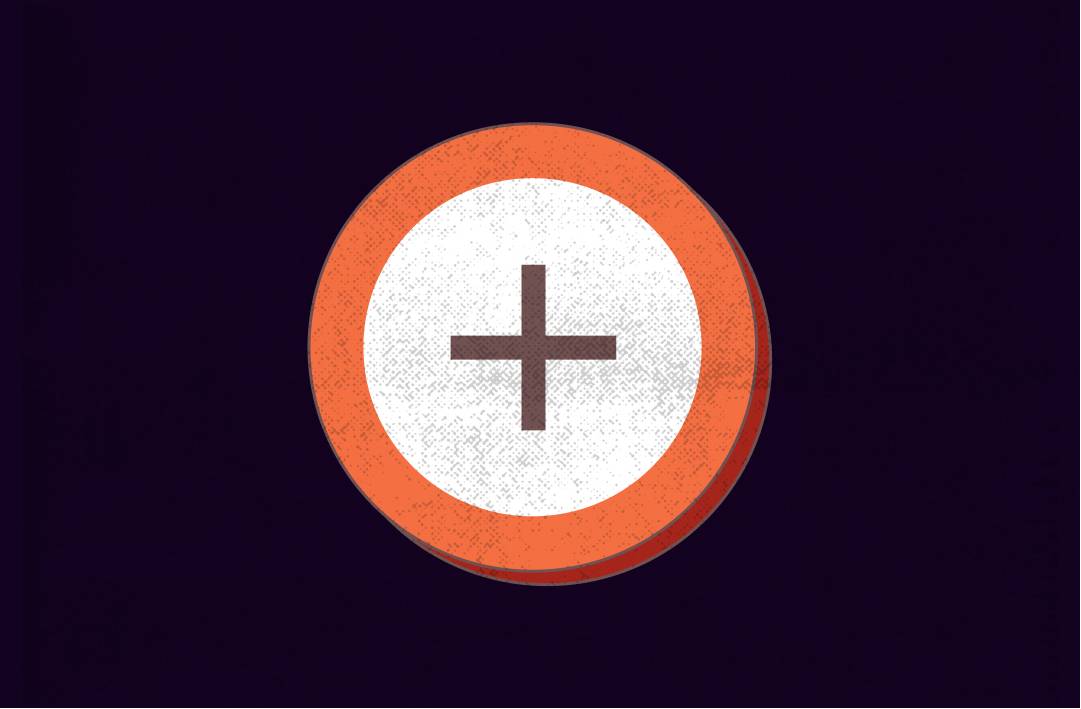 Binance Smart Chain offers an alternative to Ethereum for those users and companies who do not mind centralization. A number of advantages of BSC, first of all, low high speed of transaction processing and low fees, create a comfortable environment for crypto users and developers of decentralized applications. Only time will tell how Binance Smart Chain will develop after the full launch of Ethereum 2.0.
Binance Smart Chain offers an alternative to Ethereum for those users and companies who do not mind centralization. A number of advantages of BSC, first of all, low high speed of transaction processing and low fees, create a comfortable environment for crypto users and developers of decentralized applications. Only time will tell how Binance Smart Chain will develop after the full launch of Ethereum 2.0.
